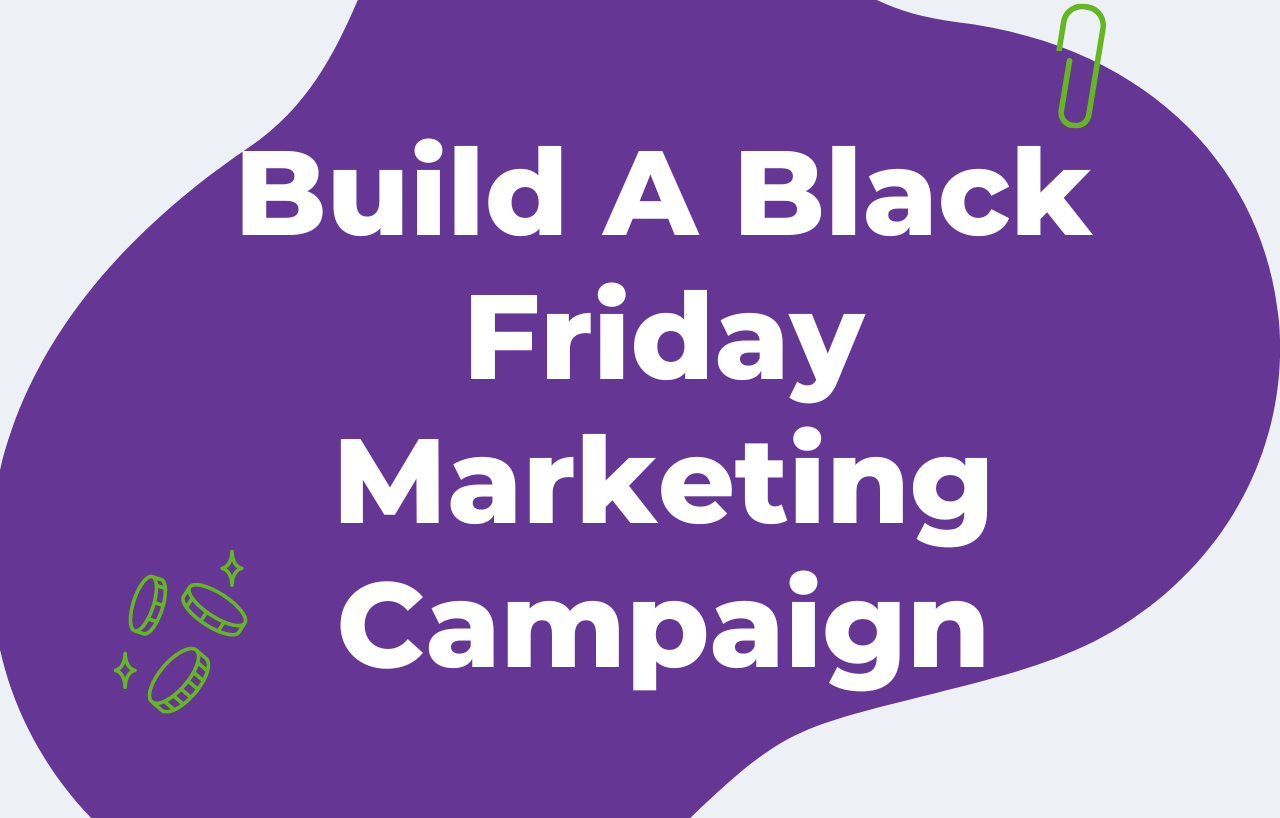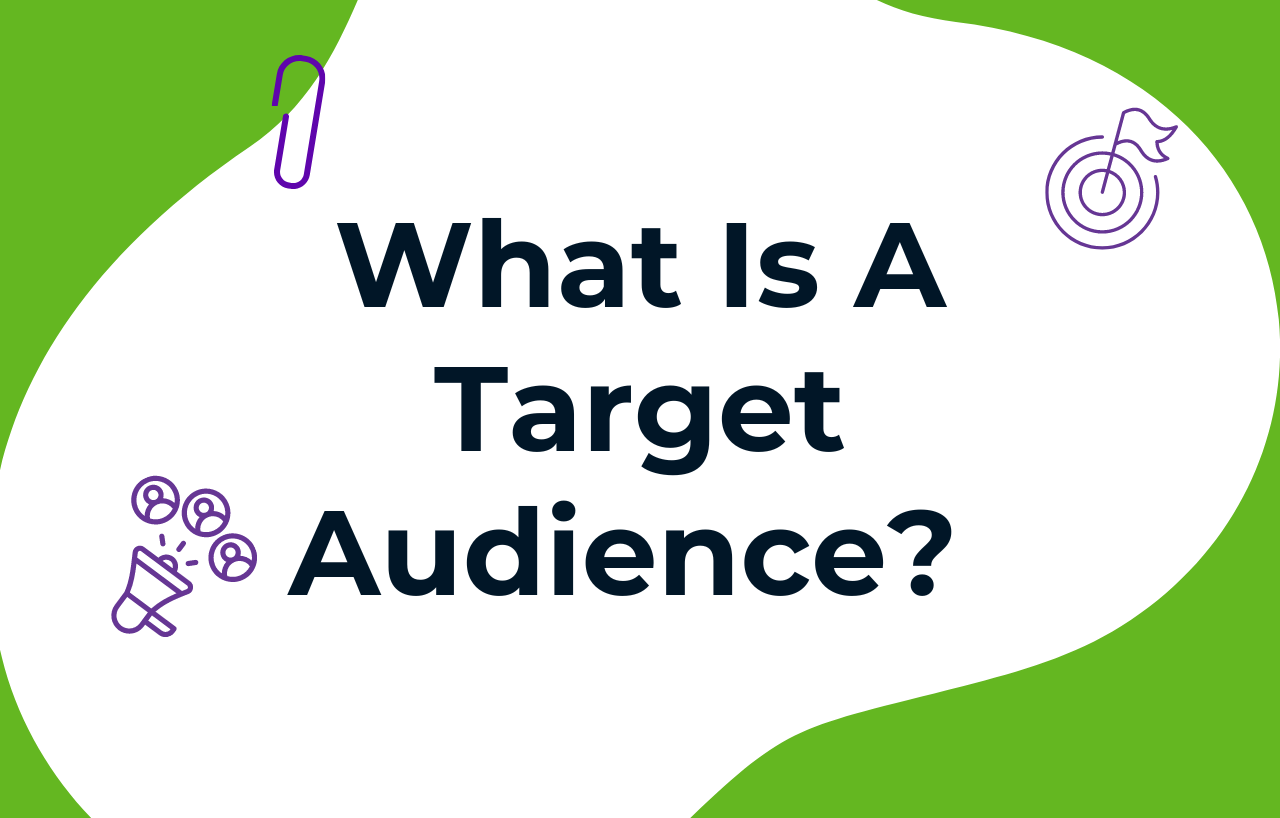Are you in the middle of writing copy for your website? Maybe you’re a copywriter trying to master the art of writing for the web? Or a digital agency struggling to write website copy that converts?
No? Okay, bye.
I’m kidding.
Whether you’re like: “yep, that’s me”, or you’re just curious about what great website copywriting looks like – or – rather, doesn’t look like – then you’re in the right website copywriting guide.
Let’s face it: Writing website copy isn’t always easy. It may look easy, but once you get into it, you might think, hmm… What’s actually going to work here? What mistakes do I need to avoid? How do I write copy that converts?
I’m answering these questions and more by delving into the most common mistakes we see people make with website copywriting and some top tips to help you avoid them.
Let’s go.
Are you making these mistakes with your website copy?
Look, it’s okay if you are. We won’t arrest you. At the end of the day, copywriting is kinda subjective. So take these mistakes and website copywriting tips more as a gentle guide, grounded in website copywriting best practices.
1. It's all about you, baby
McFly anyone? Nope? Just me. That’s cool. Let’s leave the 2000’s boy bands in the past and get on with the first website copywriting mistake, shall we?
We see people make this mistake all.the.time. Making your copy all about you. Your company, your achievements, your opinions – you get the idea.
Humour me for a minute and imagine you’re shopping for a new car.
Instead of asking what type of car you need, the salesperson keeps yapping on about how many vehicles they sold that day, the awards they’ve won, and why they’re better than that seller down the road.
Would you buy from them? A big fat NOPE? Exactly. And it’s the same principle for your website copy.
Website copywriting tip: Use more “you” and less “we.” Focus your copy on your target audience and what they need, their problems, and what they want.
2. Hopeless home page headlines
When I say “hopeless” headlines, I’m not talking about terrible website copywriting.
I’m talking about home page headlines that don’t give your target audience hope. The hope that you can solve their problems and make their lives easier.
Hopeless headlines don’t hold much power other than to get those keywords in and give a basic description of what your company does.
Let me lay this out so you can see what I mean. (This is for my imaginary sock company.)
Hopeless headline:
Sustainable printed socks.
100% organic cotton socks, made in Ireland.
Hopeful headline:
Keep your toesies cosy: The guilt-free way.
Pretty patterned, totally sustainable, 100% organic cotton socks – handmade in Ireland.
Now I’m not saying the first headline is totally wrong; it’s fine. Sometimes keeping your headlines blunt and frill-free works.
But in the second headline, we’re telling our target audience that our socks can take away their guilt while keeping their toesies warm.
Problems – solved.
Hope – restored.
Socks – in the basket.
Website copywriting tip: Use your homepage headline to talk about what the audience ultimately wants. A big problem that you can solve.
Remember: you can always use the subtitle to expand more on what you do. Use this main space to get their attention.
3. Copywriting without a voice
Whether you’ve been in the digital agency game for some time or trying your hand at crafting website copy for your own website, you’ll know the importance of branding.
One essential element of your brand is your brand voice. The biggest website copy mistake we see people making with brand voice is that, well, they don’t have one!
Without first developing your brand voice, writing website copy that stands out, differentiates your company from competitors, and creates a real connection with your target audience is near impossible.
Your brand voice should reflect your company’s “personality traits”. Maybe you’re quirky and “out there”, or perhaps you’re “compassionate” and “supportive”.
Let’s see what having a distinctive brand voice looks like by comparing two headlines with two voices for a company that provides marketing services for pet brands:
Brand voice: Leaders, knowledgeable, confident
The pet marketing experts
Award-winning digital marketing company helping pet brands thrive.
Brand voice: Tongue-in-cheek, playful, funny
Anything is paw-sible with the right marketing strategy
Digital marketers helping pet brands get more tails wagging for their products.
Website copywriting tip: Not sure what your voice should be? We love using brand archetypes to help guide us. These are similar to “personality types” – but for brands.
Learn more about brand archetypes, see what 2-3 archetypes you align with the most, and go from there!
4. Writing sh*t nobody cares about
While it’s crucial for your team to know all of the technical details about your products or the detailed history of your company, will your target audience give a sh*t?
Another common mistake website copywriters make is including information nobody cares about.
Website copywriting tip: Leave the heavy jargon and focus on what matters to your audience (not you or your team.)
Try reading your website copy from your audience’s perspective and thinking, “Is this information necessary?”
If you’re unsure, run it by someone outside your company to see what they think.

5. Stealing copy from other websites
There is literally nothing worse than a company Frankenstein-ing another website’s copy or just downright stealing it and not changing a single word.
Not only is this morally wrong, but Google can usually spot it a mile off and will penalise you heavily for being a not-so-sneaky online pirate.
We can understand why people might resort to this. Maybe you don’t realise the negative impact it can have on your website traffic, you don’t have time to write the copy properly, or you can’t afford to hire an outside copywriter.
Cutting copy corners will only create more work for yourself in the long run, though.
Website copywriting tip: It’s okay to take inspiration from other websites but never go down the copy/paste route – as tempting as it might be.
If you’re struggling to come up with content, why not take a free copywriting course online, or use our easy-peasy website copywriting templates, Content Goodies? *wink* – shameless plug – *wink*.
6. Writing a lot, saying very little
According to this study, only 1 in 5 people read your website text word-for-word and over half of the respondents said they’re “impatient to find quick answers”.
So if you’re writing long, boring paragraphs of text when you could say what you need to say in one or two sentences, people likely won’t stick around to see if you’re more interested in real life.
Say what you need to say in as few words as possible. This has been the advice for some time now, but we still come across website text that drones on and on about, well – not much.
Website copywriting tip: List the most vital points you want to get across for every page. These could be your audience’s pain points, USPs, and other standout details about your products or services. Having this list handy will help you stay on track while copywriting.
Consider ways you can shorten sentences too. For example:
Instead of “in order to”, you could say “to”
Instead of “providing them with”, you could say “giving them”
Instead of “utilising”, you could say “using”
There’s no need to use extra-long words to sound fancy – people typically prefer reading simple, digestible website copy they can quickly scan to find the information they need.
7. Prioritising keywords over quality
*Sigh*
Okay, this one is a real bugbear of mine. Even though Google has made it clear that if you keyword stuff, they’ll curse your website copy with a badly-ranking hex; people. still.do.it.
And it upsets me.
Shoving keywords where they don’t belong (i.e., where they don’t sound or look good) will only deter your target audience.
Even if you end up ranking on the first page of Google results, once people land on your website and find your website copy robotic and engaging, they will probably want to leave. Just sayin’.
Website copywriting tip: Try to weave your keywords in as naturally as possible. If they look awkward in a sentence, try rephrasing it. If that doesn’t work – take the hit and delete it.
It’s more important to have website copy that reads really well and engages your audience than hitting the maximum number of keywords for ranking on Google.
Remember: Google measures page engagement and how long people spend on a website as a ranking factor, not just how many times you got your keywords in there.
8. Writing in a passive instead of active voice
I’m leaving you with a website mistake I have a lot more compassion for, as writing in an active voice doesn’t come naturally to all of us. But what do I mean by passive and active voices?
An active voice is when the subject of the sentence performs an action.
A passive voice is when the action is happening to the subject.
Let’s compare these sentences:
Passive voice:
Ciara’s blog was written to help others avoid mistakes.
Love Island is being secretly watched by Ciara every night.
The 4th coffee of the day was poured by Ciara into her cup.
Active voice:
Ciara wrote the blog to help others avoid mistakes.
Ciara secretly watches Love Island every night.
Ciara poured her 4th coffee of the day into her cup.
So, why is it best practice to write in an active voice?
Well, for one, it reads better – a lot better, which you may have already gathered from the examples above.
Passive voices can sound more detached, unfocused, and just plain awkward. Plus, they can be a little confusing.
But active voices usually lend to shorter sentences, a more confident, clear, and precise writing style, and eliminate confusion about who’s doing what in a sentence.
Website copywriting tip: If you’re not sure if you’re writing an active or passive sentence, you can learn more about active vs passive writing in this guide by Grammarly.
You can also run your piece of website copy through a free app like Hemingway, which alerts you to passive phrases. How handy!
I hope you’ve picked up some nice website copywriting tips to shape better writing experiences and won’t let these common mistakes impact your conversion rates and copy quality. Sometimes it’s good to know what not to do, right?
Feeling more confident about website copywriting?
Would you rather leave website copywriting to the professionals so you can get your time back and know your copy is on-point? We can help! At the Content Lab, we craft compelling websites, blogs, emails, and social media posts your audience will love.
(We’re content-obsessed word nerds, so you don’t have to be.)
Ready to get started? Chat to our head honcho, Bosco, the dog. If Bosco is too busy barking at cats to pick up the phone, email our Head Content Strategist and Founder Abby.
Other Posts
 Content Marketing
Content Marketing 5 Steps To Building A Black Friday Marketing Campaign That Works
 Content Strategy 101
Content Strategy 101 What Is A Target Audience? Tips On How To Find Yours
 Content Marketing
Content Marketing 
